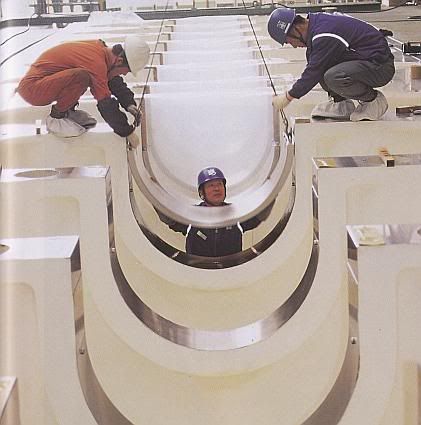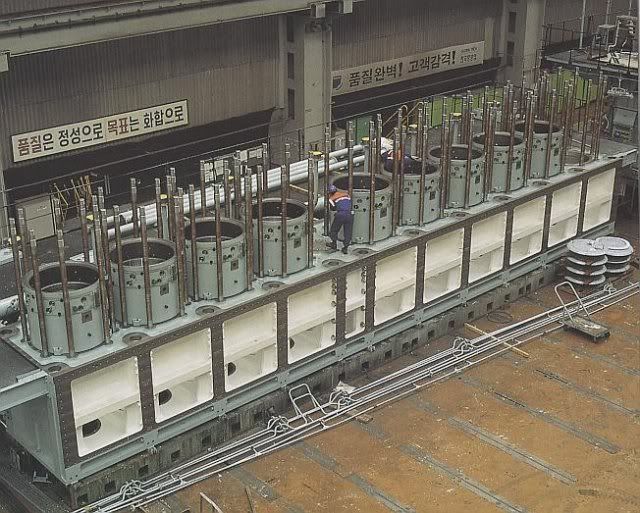Think I might repower the lawnmower over winter.....



Maximum power: 108,920 hp at 102 rpm
Maximum torque: 5,608,312 lb/ft at 102rpm



Maximum power: 108,920 hp at 102 rpm
Maximum torque: 5,608,312 lb/ft at 102rpm




 Cool pics, B. Walker.
Cool pics, B. Walker.
 (Sold back to Maximan)
(Sold back to Maximan)







Comment